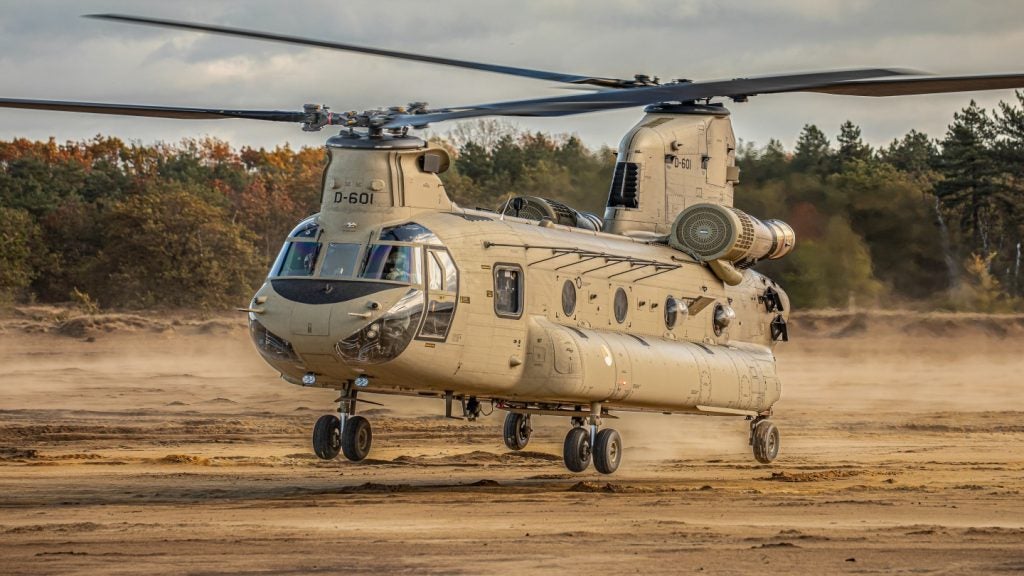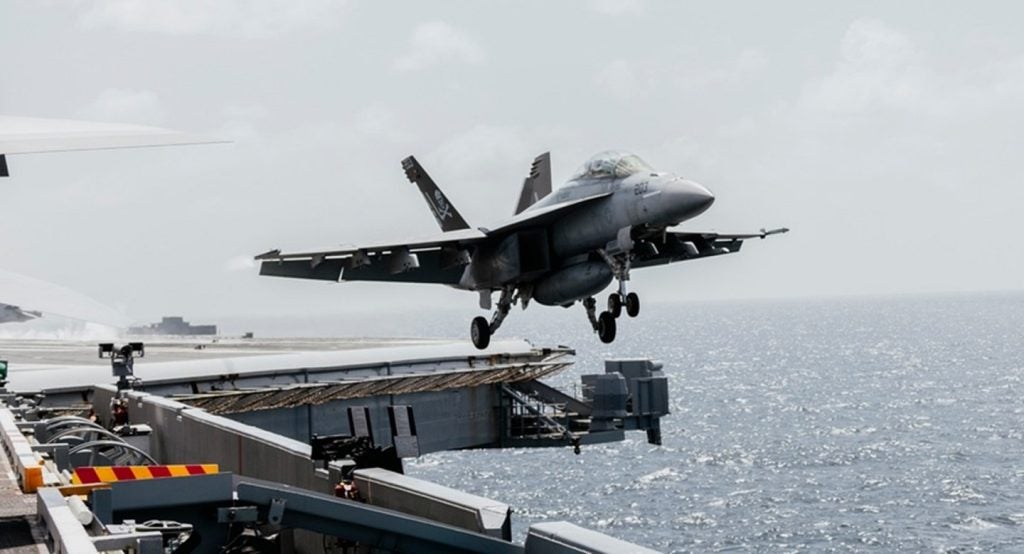
Global Defence Technology is now available to read on all devices.
Earlier this year NATO conducted the world’s largest live-fire cyber exercise, Locked Shield 2018, challenging participants to respond to high-intensity attacks on the IT systems and critical infrastructure networks of a fictional country. We find out how live cyber exercises help train military cyber specialists to defend national assets against attacks.
We also report on key tech from this year’s Eurosatory with a focus on land vehicles and amphibious vehicles, investigate the role of automation in the US Army’s ‘Big Six’ modernisation goals, and take a look at the development of the US military’s Meals, Ready to Eat.
Plus, we round up the big defence topics and views from the IFS World Conference earlier this year, and ask how the UK’s MoD will fund the Trident nuclear deterrent programme which was revealed to be almost £3bn over the available budget and looks set to further aggravate the UK’s growing equipment funding issues.
In this issue
Locked Shields: lessons in defending critical infrastructure from cyberattacks
With the cyber domain playing host to increased hostilities, being ready for cyberattacks has rarely been more crucial. Andrew Tunnicliffe finds out how NATO’s Locked Shields exercise is helping cyber defence specialists prepare for threats to critical infrastructure.
Read the article.
Defence solutions march on scene at IFS World Conference
Aerospace and defence was top of the agenda at IFS’s recent World Conference in Atlanta, Georgia, US. At the event, the multinational enterprise software company’s executive team told Berenice Baker about its latest innovations that support armed forces and their supply chains.
Read the article.
How well do you really know your competitors?
Access the most comprehensive Company Profiles on the market, powered by GlobalData. Save hours of research. Gain competitive edge.

Thank you!
Your download email will arrive shortly
Not ready to buy yet? Download a free sample
We are confident about the unique quality of our Company Profiles. However, we want you to make the most beneficial decision for your business, so we offer a free sample that you can download by submitting the below form
By GlobalDataThe US Army’s Big Six and the future of autonomous warfare
The US Army’s Big Six modernisation programme is beginning to take shape, with autonomy very much at the fore. But how much artificial intelligence can we expect and what impact will it have on military readiness? Andrew Tunnicliffe speaks with Colonel Gerald “Andy” Boston to find out more.
Read the article.
Next-gen armoured vehicles thunder across Eurosatory
The halls and outdoor exhibition areas at Eurosatory 2018 were filled with enough armoured vehicles to launch a land invasion. With a renewed focus on main battle tanks, some were bigger and better armed, while some special ops vehicles were smaller and more agile, but all were packed full of innovations designed to persuade international decision makers to loosen their defence departments’ purse strings. Berenice Baker reports from the event.
Read the article.
Pizza is on the menu! A look at the US Army’s new MREs
The long sought-after pizza MRE is soon to be included in US Army ration packs. Talal Husseini takes a look at the army’s new Meals, Ready-to-Eat and explores the thinking behind their improved nutritional content.
Read the article.
New kid on the dock: US Marine Corps amphibious vehicle rolls ashore
In June, the US Marine Corps (USMC) awarded BAE Systems a $198m contract to build 30 Amphibious Combat Vehicles (ACV) on a low-rate production basis. Berenice Baker takes a look at the eight-wheeled platform designed to replace the venerable Assault Amphibious Vehicle (AAV), which has been in service since 1972 and repeatedly upgraded.
Read the article.
How will the UK MoD pay for Trident in an era of funding gaps?
The UK’s National Audit Office expects the total cost of the Trident nuclear submarine programme to hit £50.9bn, £2.9bn over budget, on top of the £3bn the MoD has already had to find in efficiency savings. Julian Turner asks how further cutbacks can be made without compromising Trident’s mission.
Read the article.
Next issue preview
To meet the challenges of future operating environments, the US military – and others – will need systems that can operate and share data across all domains. While the idea of multi-domain is still largely conceptual, the requirement is already shaping the development of the next generation of equipment. We hear from leading technology developers how a seamless integration of systems across land, sea, air, space and cyber can be achieved.
Also in the next issue, we speak to Recorded Future’s Insikt Group about its discovery of leaked US Air Force documents on the Dark Web, take a look at Dstl’s project to develop drones and unmanned ground robots for logistics support, and find out how Cranfield University researchers are tackling toxic contamination on live-fire ranges.
Plus, we check out the UK’s newly announced Tempest fighter jet, peak to Raytheon about its counter UAS solutions and round up what this year’s Farnborough Airshow has told us about the future of air combat training.







